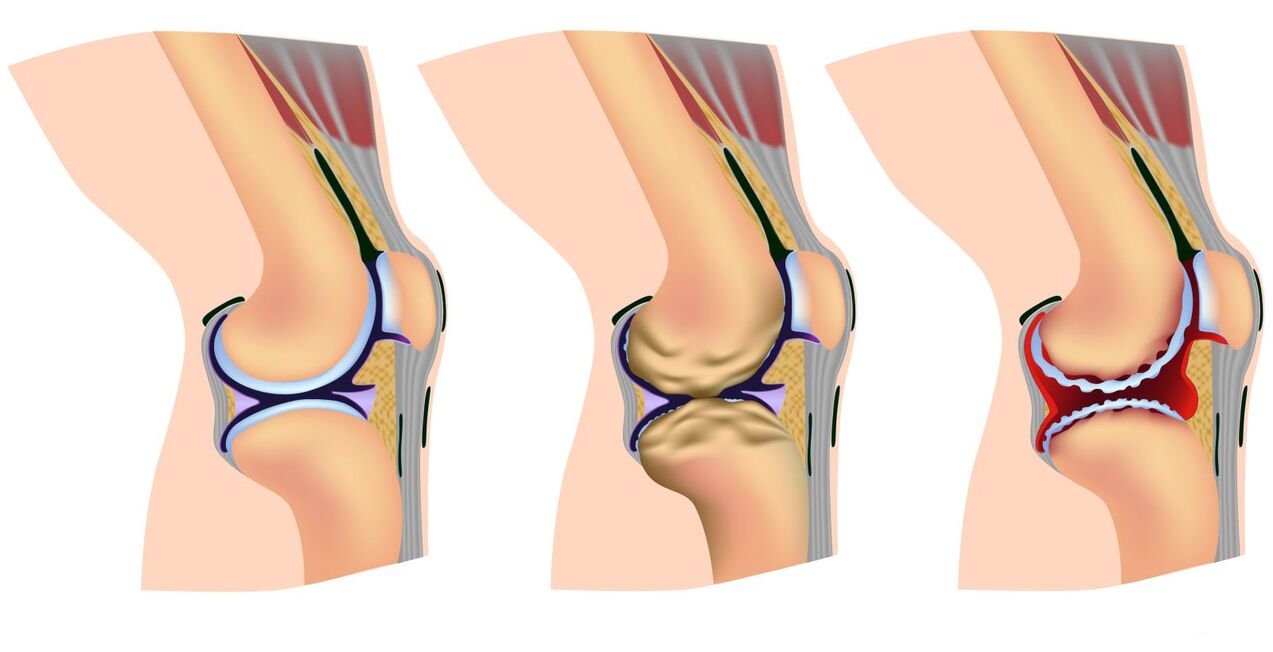
Signs of arthritis and joint disease
joint arthritis
Arthropathy of joints
Diagnosis of arthritis and joint disease
What is the difference between arthritis and joint disease?
Treatment of arthritis and joint disease
Medications to treat arthritis and joint disease
arthritis treatment
Treatment of Arthropathy
Anti-inflammatory homeopathic medicines for arthritis and joint disease
Gel for Arthritis and Arthritis
Suppositories for arthritis and joint disease
Joint and Arthritis Injections
Traditional methods of treating arthritis and joint disease
- Huckleberries. It is enough to prepare a decoction from the leaves of the plant. You need to take a few tablespoons of the raw material and pour 200 ml of boiling water. Then everything is cooked on the stove. The resulting product must be used correctly. Each cup of boiling water should dilute 20 grams of raw material.
- Birch, nettles and violets. Take 2. 5 tablespoons of each ingredient. The leaves themselves are needed. Mix all ingredients together and pour a cup of boiling water. The product is then placed on the fire and boiled. Use half a cup of this medication up to 4 times daily.
- black currant. To prepare, take five grams of amla directly from the leaves. Pour them into a glass of boiling water and put them in a water bath for 20 minutes. If taken as a tablespoon three times a day, this medication will help treat arthritis and joint disease.
- Birch buds. Pour 5 grams of the main ingredient into a cup of boiling water. After that, everything is put on the fire and boiled for about 15 minutes, the resulting product must be soaked for an hour, after which a quarter cup is taken. The number of uses should not exceed 4 times.
- Burdock root. You need to chop the burdock root. Then put it in a jar and fill it with vodka. The alcohol should cover the top 3cm of the burdock. In this state, the drug is injected for 3 weeks and then applied to the painful area. You can take it 30 minutes before meals, up to 3 times a day.
WHO recommendations for treating joints and arthritis
Arthritis and Arthritis Diet
Exercises for arthritis and joint disease
- Exercise 1. You will need to sit in a high chair or bench. After that, you need to start swinging one leg at a time. This exercise will cause you to feel a slight tension in your muscles.
- Exercise 2. You should remain in the same position. Only now you have to alternately raise your legs parallel to the ground and hold this position for no more than 5 seconds. It must be repeated 10-15 times, constantly alternating legs.
- Exercise 3. You need to lie on your back and stretch your legs. Then, on the count of one, bend one leg at the knee, then at the hip. Next, you need to grab it with your hands and press it to your body, then lower it to its original position by sliding it. Do a similar thing with the second leg.
- Exercise 4. Lie on your back, lift each leg 30 cm above the ground, and hold this position for 5 seconds. Then lower your leg to the floor and do the same with the other leg.
- Exercise 5. You should lie on your stomach and begin to slowly bend your knees, one at a time. In this case, the heels should be as close to the buttocks as possible.
- Exercise 6. Starting position - lying down. You should bend your leg at the knee and slowly lift the other leg off the floor, as if trying to pull your toes toward you. You must hold this position for 10 seconds. Then repeat on the second leg.
- Exercise 7. While sitting on the floor, you simply bend your torso forward. In this case, you should try to hold your feet with your hands. Doing no more than 15 tendencies is enough.
- Exercise 8. You need to bend your knees while sitting on the floor. Hug them with both arms at the same time. The legs should tense and try to pull away from your hands. You need to hold this position for 10 seconds. Repeat this movement 10 times with each leg. It should be noted that only a physical therapist can prescribe exercises based on the characteristics of the disease.



















